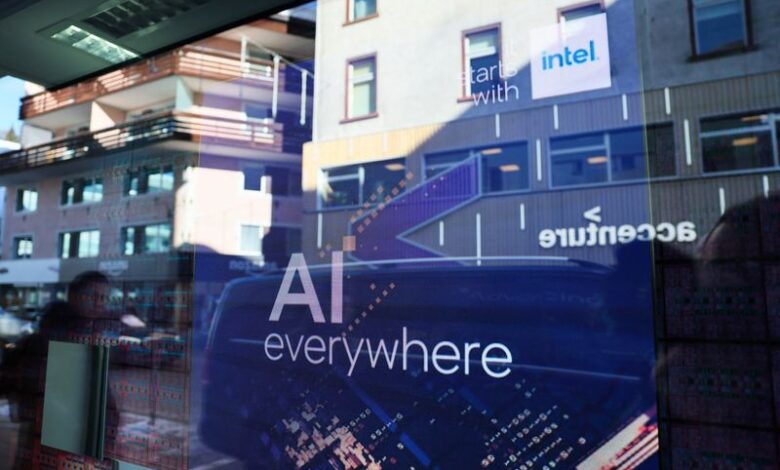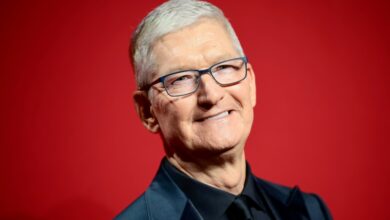The generative AI plateau and shift in investing trends for 2024 By Investing.com

Over the past few years, generative AI, with its promise of creativity and innovation, has captured imaginations and driven investments.
However, as we step into 2024, a discernible shift is underway. The once sky-high expectations surrounding generative AI have plateaued, prompting investors to reassess.
While the notion of a generative AI plateau may sound farfetched given the surge in some AI-related stocks this year, it’s not a new idea. This shift could potentially open up new avenues for investment and innovation, leading to a more diverse and robust AI industry.
At the close of 2023, the Harvard Business Review made a noteworthy observation, stating that Generative AI ”’might be on the decline.”
Venture-backed AI startups have become very expensive
Speaking to Investing.com, Alan Vaksman, Founding Partner at Launchbay Capital, stated: “Investing in venture-backed generative AI startups (OpenAI, Anthropic, etc.) has become very expensive, leading to a plateau that has investors looking to diversify their industry infiltration.”
He notes industry reports that state the costs associated with building and training AI models have risen substantially over the past year, adding that they will continue to do so. This, according to Vaksman, will result in very large capital requirements for those companies, subsequently reflecting in the size of the rounds and valuations.
Furthermore, he believes there is a growing gap between generative AI and being able to implement it across all business models, with investors more interested in backing companies that are establishing proactive software models to fill this gap with strategies for effective applications.
remove ads
.
It is felt that, as with most new technologies, it takes time for them to mature and reach application-layer development and distribution. “Now, investors are more interested in backing companies that are establishing proactive software models to fill this gap with strategies for effective applications,” added Vaksman.
He feels the key is to look at business model fundamentals and companies that are bringing the new wave of innovation and problem-solving rather than “vanity technology implementations.”
“If we consider the regulatory environment, companies now have access to the technology but are being faced with the dilemmas of not knowing how to train their employees on how to safely and ethically implement generative AI, which may result in the longer time span for penetrating wider industries,” states the Launchbay Capital Founding Partner.
Investing trends for 2024
With there seemingly being a slight plateau in generative artificial intelligence, investors will be looking for new areas to park their cash. Despite that plateau, Vaksman notes that the use of Generative AI is at an all-time high and growing. As a result, he believes “the need for functional infrastructure technology to support the amount of energy being used is crucial.”
“The energy consumptions for AI-related computations is estimated to grow at 25%+ year on year, resulting in a surge of infrastructure optimization tools, hardware and software acceleration, alternative architecture designs, as well as alternative energy sources and cooling solutions,” Vaksman explains.
“We can see that more and more of those companies entering, or in the case of data-centre technologies, re-entering the scene with the growing demand for power.”
remove ads
.
He noted the recent IPO by Astera Labs and rising interest in Groq, Lambda, and Together.ai as examples supporting this view.
Elsewhere, he notes that companies that specialize in cooling methodologies for high-performing computing, and overall operational management and efficiency are entering their next stage of growth.
“Liquid immersion cooling by chemical producers and even testing of the under-the-sea data-centers by Microsoft (NASDAQ:) are just some of the directions that AI is taking us,” he explains.“
These companies and technologies already went through a growth spur with the rise of blockchain and crypto computational demand, and now the pressure is also on alternative fusion and renewable energy sources to pick up the pace.”
Vaksman highlights that secondary market data “is providing the necessary insights to determine diversified investments strategies for 2024 and beyond.”
“Data from secondary markets can be leveraged by institutional investors, helping to gauge what their next investing strategy with generative AI should look like,” he says.



